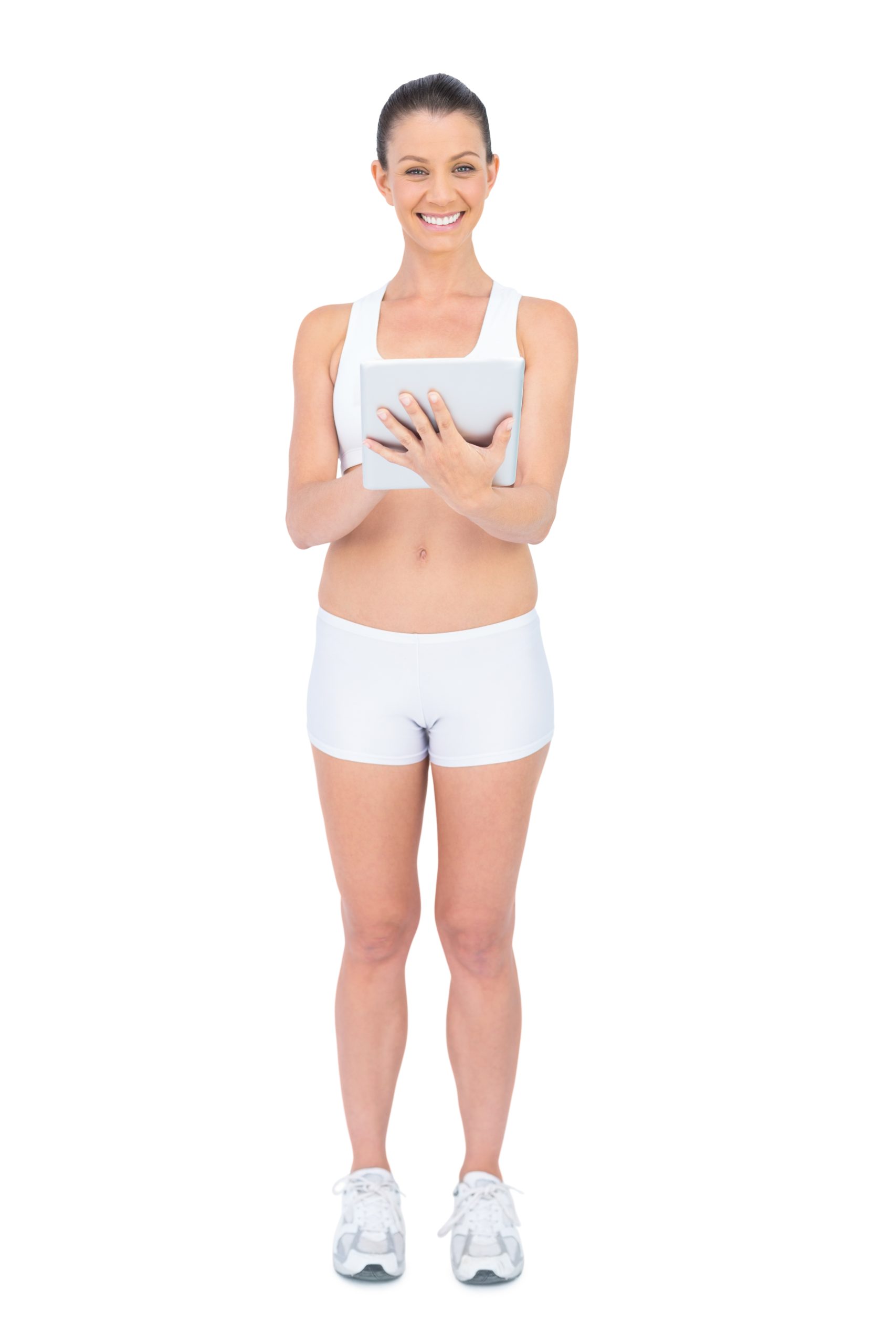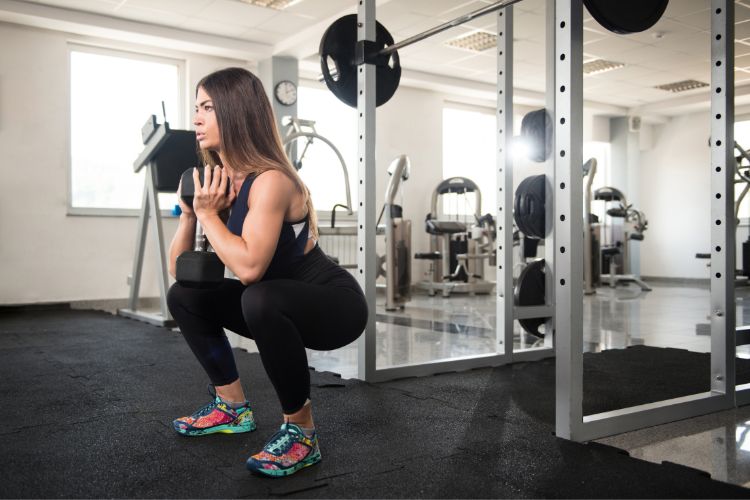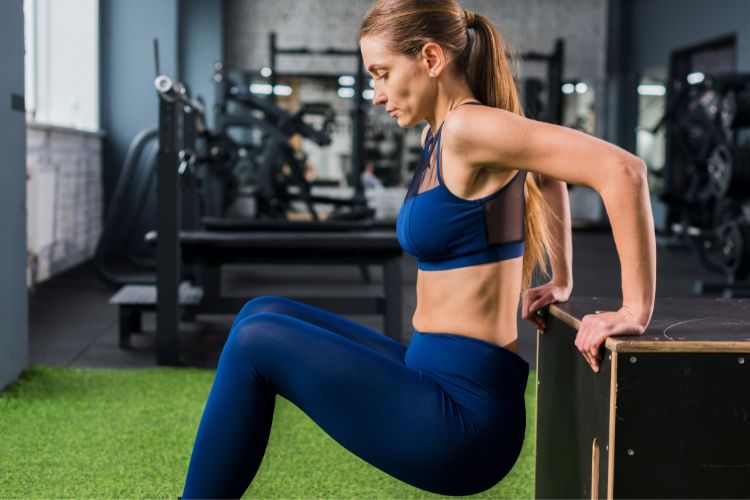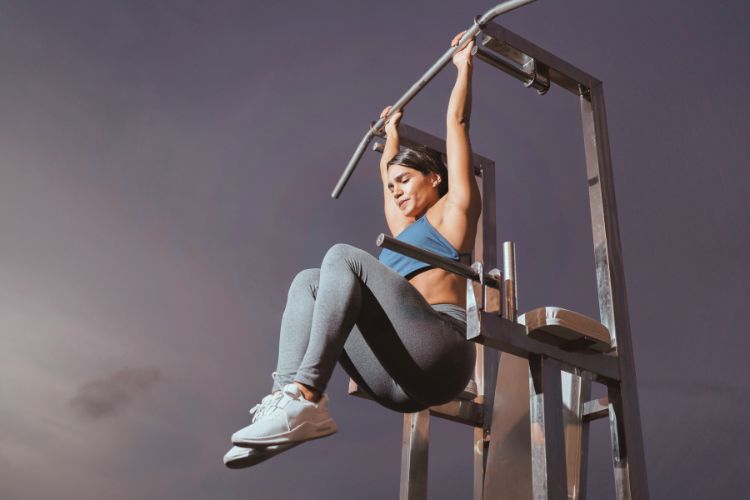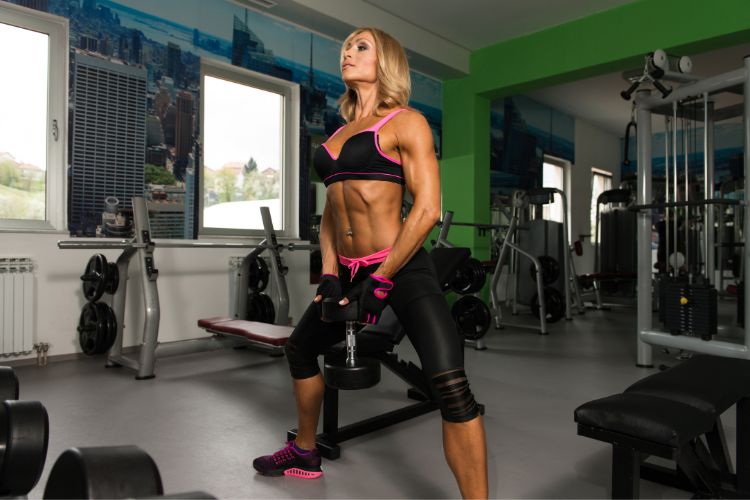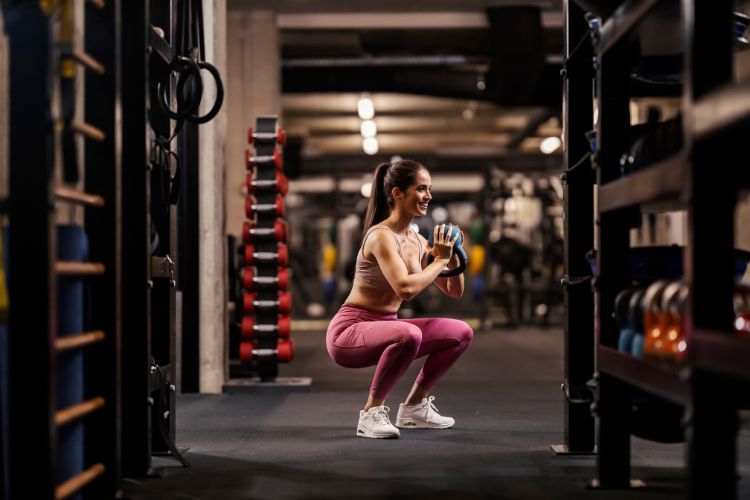Functional Fitness Workouts The Ultimate Guide
Functional fitness has grown in popularity due to its practical benefits for daily life activities, injury prevention, and overall mobility. These workouts are designed to improve your ability to perform daily activities by strengthening muscles in a way that mimics real-life movements. Let’s explore the essence of functional fitness workouts, its benefits, and the best exercises you can incorporate into your routine.
What is Functional Fitness Workout?
Functional fitness is a type of training that focuses on exercises replicating everyday movements, like lifting, pushing, pulling, twisting, and bending. These workouts often involve compound exercises that work multiple muscle groups at once, enhancing balance, stability, and mobility. Unlike traditional weightlifting, which targets specific muscles, functional fitness emphasizes movements that are more practical and adaptable to real-world situations.
Why Choose Functional Fitness Workouts?
Functional fitness has numerous benefits, which make it an ideal workout routine for anyone looking to improve their overall well-being. Here’s why functional fitness is worth incorporating into your exercise regimen:
- Improves Daily Life Activities: These workouts make everyday tasks easier, whether you’re lifting groceries, climbing stairs, or bending to pick something up.
- Enhances Balance and Stability: Functional fitness focuses on movements that engage your core and stabilizing muscles, helping prevent falls and injuries.
- Increases Range of Motion: By working on flexibility and mobility, functional exercises improve joint health and reduce stiffness.
- Reduces Injury Risk: These exercises strengthen supportive muscles around joints, making them more resilient to injuries.
- Boosts Athletic Performance: Functional workouts are highly beneficial for athletes, enhancing agility, power, and speed in sports.
Essential Functional Fitness Movements
Below are core movements that form the foundation of a functional fitness workout. They can be modified to suit different fitness levels, making them versatile and accessible for everyone.
1. Squat Variations
Squats are a staple in functional fitness because they mimic the motion of sitting down and standing up. This movement targets the glutes, quads, hamstrings, and core.
Types of Squats:
- Bodyweight Squat: Ideal for beginners; it focuses on form and balance.
- Goblet Squat: Holding a weight like a kettlebell or dumbbell adds resistance to the movement, increasing lower body strength.
- Overhead Squat: This advanced variation requires holding a weight overhead, engaging your core, shoulders, and upper back.
2. Lunges
Lunges are excellent for improving balance and coordination while strengthening the lower body. They replicate movements like stepping forward or climbing stairs.
Lunges Variations:
- Walking Lunges: Taking a step forward with each lunge, ideal for beginners and builds lower body endurance.
- Reverse Lunges: A gentler option for the knees, stepping backward instead of forward.
- Lateral Lunges: Side lunges that improve hip mobility and engage different muscles around the legs.
3. Push Exercises Functional Fitness Workout
Pushing movements help develop upper body strength, especially in the chest, shoulders, and triceps. They also train you for everyday tasks like pushing open a heavy door.
Examples of Push Exercises:
- Push-Ups: Classic bodyweight exercise that can be modified in intensity.
- Overhead Press: Using dumbbells or kettlebells, the overhead press builds shoulder strength.
- Chest Press: Mimics a pushing movement, working the chest and triceps.
4. Pull Exercises
Pulling exercises target the back, biceps, and grip strength, which are essential for daily tasks like lifting objects or opening jars.
Pull Exercises:
- Rows: This can be done with a barbell, dumbbells, or resistance bands, improving back strength.
- Pull-Ups: A challenging bodyweight exercise that develops upper body strength and grip.
- Lat Pulldown: A cable exercise that works the back and is easier for beginners than pull-ups.
5. Hinge Movements Functional Fitness Workout
Hinging focuses on the posterior chain, including the lower back, glutes, and hamstrings. This movement is crucial for bending over safely and lifting objects.
Hinge Exercises:
- Deadlift: A foundational strength exercise that involves lifting weights from the ground while hinging at the hips.
- Kettlebell Swing: This dynamic exercise builds explosive power in the glutes and hamstrings.
- Hip Thrusts: Ideal for glute activation and strengthening the lower back.
6. Rotational Movements
Rotational exercises improve core strength, balance, and stability, which are essential for activities that involve twisting motions, such as reaching for something from the side.
Examples of Rotational Exercises:
- Russian Twists: A seated core exercise that strengthens the obliques.
- Wood Chops: Using a cable or dumbbell, this exercise simulates a chopping motion.
- Rotational Medicine Ball Throw: Great for explosive power and agility.
Sample Functional Fitness Workout Routine
Here’s a functional workout routine that includes all six essential movements. Complete 2–3 rounds of the following exercises:
Warm-Up
- 5 minutes of dynamic stretching (leg swings, arm circles, etc.)
- 2 minutes of light jogging or jumping jacks
Workout
- Bodyweight Squats – 15 reps
- Walking Lunges – 12 reps per leg
- Push-Ups – 15 reps
- Bent Over Rows (using dumbbells or resistance bands) – 15 reps
- Kettlebell Swings – 20 reps
- Russian Twists – 20 reps (10 per side)
Cool-Down
- 5 minutes of static stretching focusing on the legs, back, and arms
- Deep breathing exercises to relax the body and mind
While functional workouts often rely on body weight, adding equipment can enhance the intensity and variety of exercises.
1. Kettlebells
Kettlebells are perfect for swings, presses, and squats, engaging multiple muscle groups. They’re also great for improving grip strength and coordination.
2. Dumbbells
Dumbbells are versatile for push and pull exercises, from rows to lunges. Adjustable weights allow for gradual progression.
3. Resistance Bands
Resistance bands are excellent for building strength with minimal joint impact. They’re easy to carry and offer variable resistance, ideal for home or travel workouts.
4. Medicine Balls Functional Fitness Workout
Medicine balls are used for dynamic exercises like slams and rotational movements. They improve explosive power, making them popular in sports training.
5. TRX Suspension Trainer
The TRX allows you to leverage body weight for full-body exercises. It’s particularly beneficial for core and stability training.
Tips for Getting Started with Functional Fitness
- Focus on Form: Proper form is essential for maximizing benefits and preventing injuries.
- Progress Slowly: Start with bodyweight exercises before adding weights or resistance bands.
- Incorporate Core Training: A strong core is fundamental in functional fitness, so include exercises like planks and twists.
- Stay Consistent: Make functional fitness a part of your regular routine to see improvements in strength, balance, and mobility.
- Listen to Your Body: Since functional fitness engages stabilizing muscles, it’s essential to avoid overexertion.
Embrace Functional Fitness Workout for a Healthier Life
Functional fitness offers a practical and efficient way to improve strength, mobility, and endurance for everyday life. Incorporating these exercises into your weekly routine can lead to better physical performance and reduce the risk of injury. Whether you’re an athlete, fitness enthusiast, or someone looking to improve daily function, functional fitness workouts are a valuable addition to your exercise regimen.
Most Recommended
